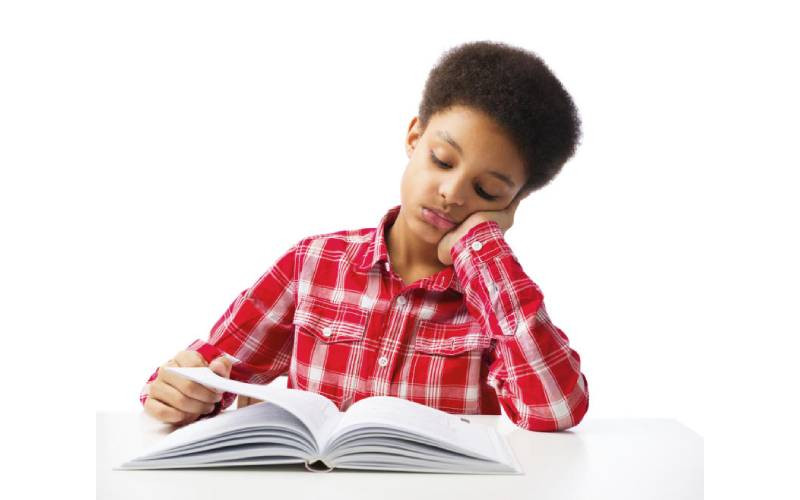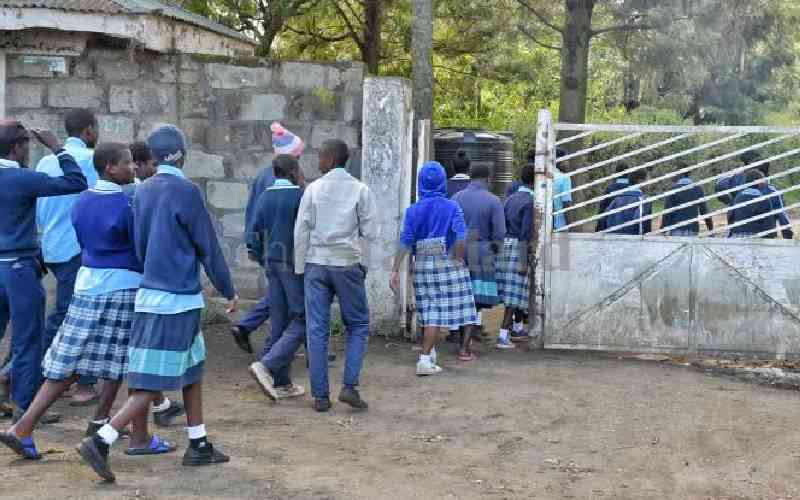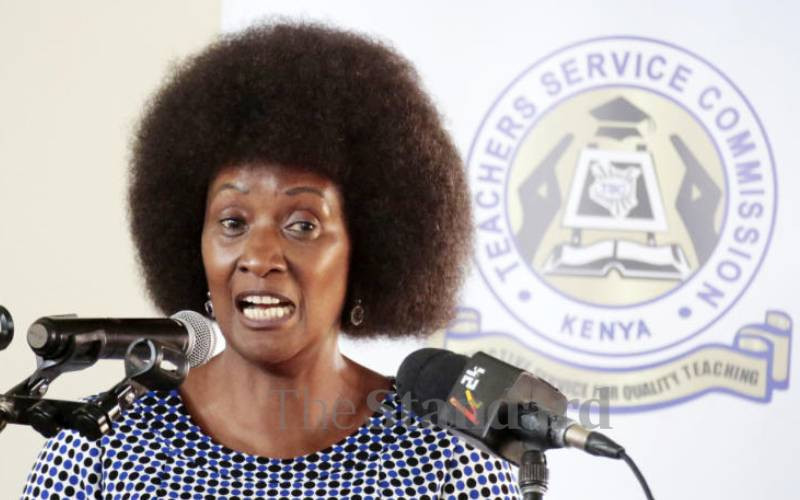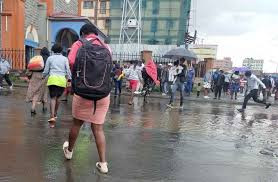
Reading is a critical skill for school and life beyond it. Young people need strong reading skills to learn and demonstrate their learning. Reading skills are related to performance in all subjects, including science and maths.
Girls typically do better than boys. There is also a gap in terms of attitudes to reading. While more than a third of Australian girls "very much like reading" according to the recent Progress in International Reading Literacy Study, less than a quarter of boys feel the same.
Research consistently makes a link between students' reading skills and their attitudes toward reading. If students are more motivated to read, they read more often and build their reading comprehension skills and vocabulary.
To close the gender performance gap and enhance the performance of boys, we need to get more boys reading for fun.
Why is there an attitude gap? One reason is boys and girls are brought up differently when it comes to reading.
A 2016 study of Canadian, US and UK parents found they spend more time reading with pre-school daughters than sons. So, while we teach young girls to see themselves as lifelong readers, many boys miss out.
Then as children move into primary school, even though boys read less often, they also receive less parental encouragement to read than girls.
Parents, guardians and relatives can play an important role in helping boys see themselves as readers, but once boys can read on their own, this role can be unclear.
- Dyscalculia: Why so many children struggle with numbers
Keep Reading
Like any skill, sustained reading experiences are needed for reading skills to be both maintained and developed.
Here are some steps you can take to encourage boys.
Take your boys to the local libraryJoint library visits can encourage children to read more often, and as children move through the years of schooling, boys are less likely than girls to visit the library in their free time.
Encourage reading, even after they learn to readMake sure your child knows reading is still important even after they can do it by themselves. Keep up the encouragement, and encourage boys as well as girls.
Keep reading togetherDon't stop reading aloud just because he can read by himself. Opportunities to read with parents can lead boys to have a positive attitude toward reading, and value shared time spent reading together.
Talk about books and share book recommendationsKeeping reading for pleasure in focus rather than reading for testing. Some children begin to see reading is something purely done for testing, making reading seem like a chore.
Show them you read for funThe PIRLS report also found a positive link between parents liking books and their child's reading achievement. So, show your children you read and read for fun.
Encourage holiday readingEncourage boys to read during the school holidays. During these times, children's reading skills may decline as they are not being sustained and developed.
Go to the expertsNot sure what your child might like to read? Ask the teacher librarians at your school. They are experts at connecting struggling and disengaged readers with books that meet their interest and ability levels.
Fiction and non-fiction are both greatThe stereotype that all boys prefer to read non-fiction is not true. Fiction books offer literacy benefits as well as building social skills such as empathy. That being said, non-fiction is great, too. Reading non-fiction books for pleasure was also recently linked with "high reading performance, especially among the male students".
Dads especially need to readFathers and male influences need to play a greater role in encouraging boys to read. While 49% of teens felt their mother encouraged them to read, only 25% of fathers were playing this role.
Have lots of books around the houseHaving a home with many books (more than 200) is related to reading achievement, and access to books in the home is linked to improved attitudes toward and frequency of reading, particularly in boys.
It's important to note while the gender gap in performance and attitudes exists, there are also many girls who are disengaged from reading. More than one in five Australian girls do not like reading. There are also other concerning gaps that deserve our attention related to First Nations background, geographic location and socioeconomic status.
 The Standard Group Plc is a multi-media organization with investments in media platforms spanning newspaper print
operations, television, radio broadcasting, digital and online services. The Standard Group is recognized as a
leading multi-media house in Kenya with a key influence in matters of national and international interest.
The Standard Group Plc is a multi-media organization with investments in media platforms spanning newspaper print
operations, television, radio broadcasting, digital and online services. The Standard Group is recognized as a
leading multi-media house in Kenya with a key influence in matters of national and international interest.











